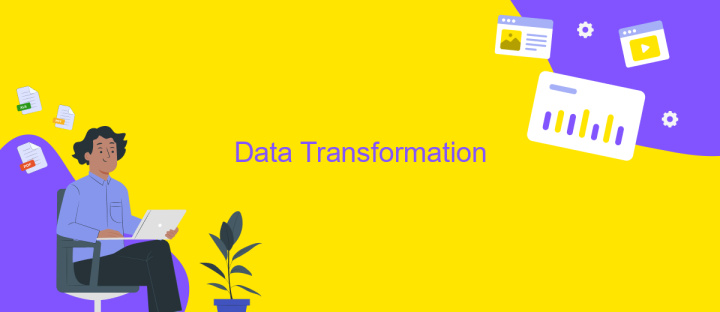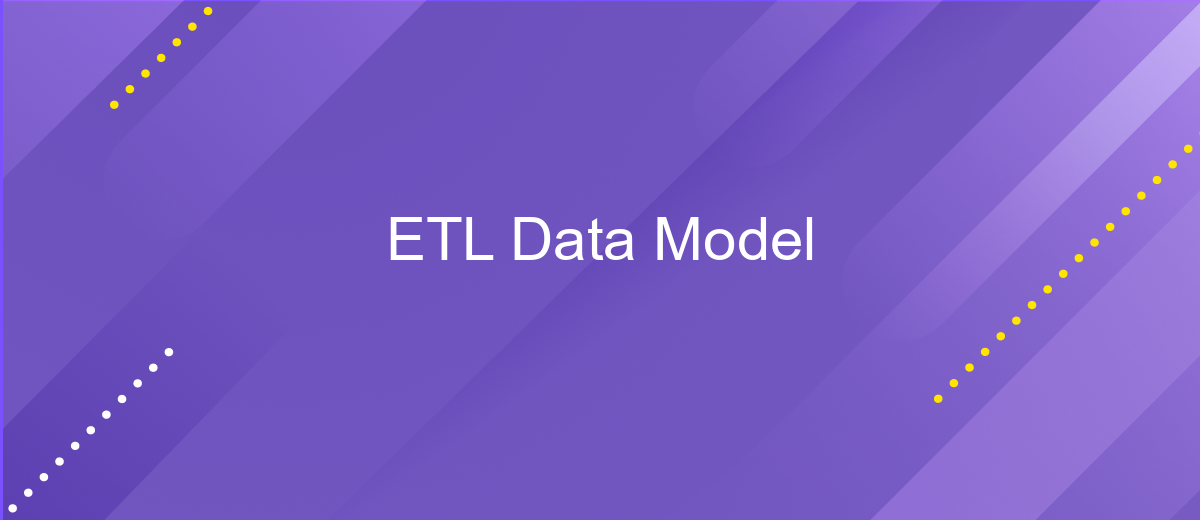ETL Data Model
ETL (Extract, Transform, Load) data models are crucial for efficient data management and analysis in today's data-driven world. These models streamline the process of extracting data from various sources, transforming it into a suitable format, and loading it into a data warehouse. This article explores the components and best practices of ETL data models, ensuring robust and scalable data integration solutions.
Introduction
The ETL (Extract, Transform, Load) data model is a crucial framework in data management, enabling the seamless integration and transformation of diverse data sources into a unified format. This process is vital for businesses seeking to leverage data-driven insights and make informed decisions. The ETL model ensures data accuracy, consistency, and accessibility, which are essential for effective data analysis and reporting.
- Extract: Gathering data from various sources.
- Transform: Converting data into a suitable format.
- Load: Storing the transformed data into a target database.
Modern ETL solutions, such as ApiX-Drive, offer automated data integration services that simplify the ETL process. By utilizing tools like ApiX-Drive, businesses can efficiently connect different data sources, automate data workflows, and ensure real-time data synchronization. This not only reduces manual workload but also enhances data reliability and operational efficiency.
Data Extraction

Data extraction is the first step in the ETL process, where raw data is collected from various sources for further processing. This phase involves identifying and retrieving data from diverse systems such as databases, APIs, flat files, and web services. The primary goal is to gather all necessary information while ensuring data integrity and minimizing the risk of data loss. Effective data extraction requires a thorough understanding of the source systems and the ability to handle different data formats and structures.
To streamline the extraction process, organizations often employ integration tools and services that facilitate seamless data collection. One such service is ApiX-Drive, which offers robust solutions for connecting multiple data sources. ApiX-Drive simplifies the integration setup, allowing users to automate data extraction without extensive coding knowledge. By leveraging such tools, businesses can enhance their data extraction efficiency, ensuring timely and accurate data availability for subsequent transformation and loading stages.
Data Transformation

Data transformation is a crucial step in the ETL process, where raw data is converted into a usable format. This step ensures that data is clean, consistent, and ready for analysis. Various techniques and tools are employed to transform data effectively, depending on the specific requirements of the project.
- Data Cleaning: Remove duplicates, handle missing values, and correct errors.
- Data Integration: Combine data from multiple sources into a unified dataset.
- Data Aggregation: Summarize data to provide insights and reduce data volume.
- Data Enrichment: Enhance data quality by adding relevant information.
- Data Standardization: Convert data into a common format for consistency.
Utilizing tools like ApiX-Drive can streamline the data transformation process by automating integrations and data workflows. ApiX-Drive allows seamless connection between various data sources and applications, ensuring that data is accurately transformed and readily available for analysis. By leveraging such services, organizations can save time and resources, focusing on deriving actionable insights from their data.
Data Loading

Data loading is a critical phase in the ETL (Extract, Transform, Load) process, where transformed data is moved into the final target database, data warehouse, or data lake. This phase ensures that the data is available for analysis, reporting, and further processing. Efficient data loading strategies are essential to minimize downtime and ensure data integrity.
To achieve seamless data loading, it is important to consider factors such as data volume, load frequency, and the architecture of the target system. Various tools and services can be utilized to streamline this process, ensuring that the data is accurately and promptly loaded into the destination.
- Incremental loading to update only new or changed data.
- Batch loading for large volumes of data at scheduled intervals.
- Real-time loading for continuous data updates.
Using integration services like ApiX-Drive can significantly simplify the data loading process. ApiX-Drive allows for easy setup of automated data transfers between different systems, ensuring that your data is always up-to-date and synchronized. This service supports a wide range of integrations, making it a versatile tool for maintaining data consistency across platforms.


Case Studies
One notable case study involves a retail company that successfully implemented an ETL data model to streamline their data processing and analytics. By leveraging the power of ETL, the company was able to integrate data from various sources such as sales, inventory, and customer feedback into a centralized data warehouse. This integration enabled real-time reporting and advanced analytics, leading to improved decision-making and operational efficiency. The company saw a significant reduction in data processing time and an increase in data accuracy, which contributed to a 15% growth in sales within the first year of implementation.
Another example is a healthcare organization that utilized an ETL data model to enhance patient care and operational management. By using ApiX-Drive, a service that simplifies data integration, the organization was able to seamlessly connect disparate systems such as electronic health records (EHR), patient management systems, and billing software. This integration facilitated the creation of a comprehensive patient data repository, allowing healthcare providers to access critical information quickly and accurately. As a result, the organization improved patient outcomes, reduced administrative overhead, and achieved compliance with regulatory standards more efficiently.
FAQ
What is an ETL data model?
Why is ETL important for data integration?
What are the key components of an ETL process?
How can I automate the ETL process?
What are some best practices for designing an ETL data model?
Time is the most valuable resource for business today. Almost half of it is wasted on routine tasks. Your employees are constantly forced to perform monotonous tasks that are difficult to classify as important and specialized. You can leave everything as it is by hiring additional employees, or you can automate most of the business processes using the ApiX-Drive online connector to get rid of unnecessary time and money expenses once and for all. The choice is yours!

